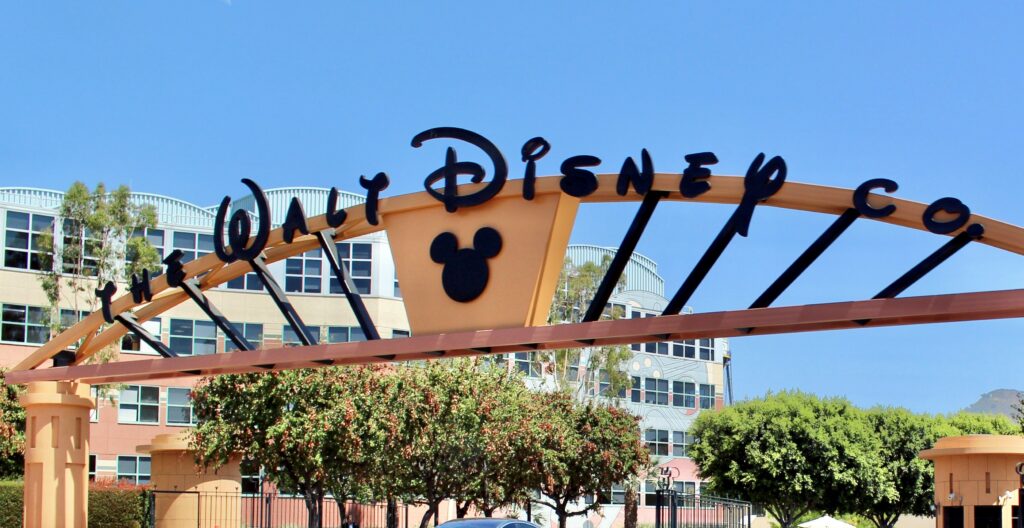First there was the pandemic and then the multimillion-dollar losses. Then came the woke wave, a train that Disney jumped on without hesitation, promoting proposals aimed at racial and gender minorities. On the eve of its 100th anniversary, it remains to be seen whether this is the chronicle of a death foretold, but Disney can no longer hide the many fronts that threaten the company.
The latest of which is the closure of its metaverse development division, as reported by the Wall Street Journal on March 28. All fifty members of the division headed by Mike White lost their jobs. And this is just the prelude to three rounds of layoffs that will put 7,000 employees out the door in the next three months. The goal of the employee cuts is to reduce costs by about $5.5 billion, the same newspaper explains. Although White made no statement, the reasons for this drastic decision suggest an attempt to alleviate the chaos Disney+ is creating in the company.
In fact, as Discussing Film recently reported, one possible reason for the cuts is the loss of 2 million subscribers to the platform since the beginning of the year. Among the reasons for this loss, the users themselves point to the few new monthly releases, the lack of quality or maturity of much of its content, or even the platform’s failure to fulfill its promise to make releases and previews before going to the big screen, which it eventually renounced. In addition to all of this, according to Cinco Días, there is the preparation of an increase in fees and the arrival of advertising on the platform in an increasing number of countries.
In absolute annual terms, although Disney+ has continued to increase the number of subscriptions to its platform, it has lost $4 billion in the direct-to-consumer segment, while the value of the group’s stock has plummeted 40%. The failure of LGBT films and programs on the big screen has done much to put Disney’s management on edge, not least because of the campaigns and petitions that IOF has been promoting for years. The first was Lightyear, released in June 2022. Its gross of $226 million in the United States and international markets was the lowest since Cars 2, with a budget of $200 million. Even worse was Strange World, which, with a budget of $180 million, grossed just over $30 million in its first week in theaters. On January 1 of this year, a month and a half after its theatrical release and a week after its opening on Disney+, it failed to reach $67 million, well below its projected budget. In total, it barely topped 73 million, losing more than 100 million. It is no coincidence that both films generated strong controversy months before their theatrical release for the same reason: the woke and LGBT agenda, and with the release of Strange World, Disney took it a step further with one of the film’s main threads being based on a same-sex relationship. Finally, another element contributing to this Disney crisis process and hindering economic growth will be the measures introduced by the Florida Governor, Ron DeSantis. Namely, as of June Florida will withdraw Disney’s self-management of the theme park under the law prohibiting the education of children in gender ideology, with the state taking control of the area.
